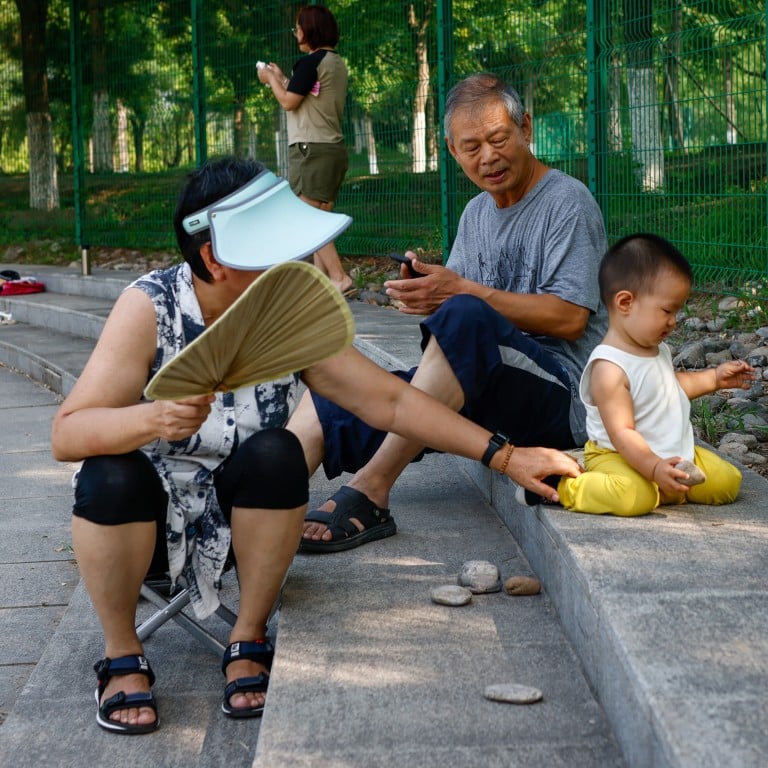
China’s population: Beijing urged to build digitally inclusive society, as it seeks insights into technical skills of its elderly
- Questions for people aged 60 and above were added to a survey on population changes and the labour force, including their ability to use a smartphone
- A demographer urged China, one of the world’s fastest ageing countries, to ‘build a digitally inclusive society’, while firms were asked to produce age-friendly products
China is seeking to gain more insights into the digital literacy of its elderly population as it attempts to find ways to better accommodate its rapidly ageing demographic in an increasingly intelligent society.
New questions on smartphone usage for people aged 60 and above were added to a survey on population changes and the labour force conducted at the end of 2022, and published recently by the National Bureau of Statistics in the 2023 China Population and Employment Statistical Yearbook.
They included their ability to use a smartphone, and whether they could perform certain tasks, including chatting, making payments, shopping and reading the news.
This is essential for decision-making and is also a prerequisite for businesses to design intelligent products
“[Finding out the answers to] how the smart society in the future should include and embrace the elderly, and how the elderly should adapt to a technologically advanced lifestyle, necessitate first-hand investigation data and an accurate understanding of the reality,” said Yuan Xin, vice-president of the China Population Association.
“This is essential for decision-making, and is also a prerequisite for businesses to design intelligent products.”
Last year, 209.78 million people were also aged over 65, accounting for 14.9 per cent of the total population.
As China becomes an increasingly digitised and modern society, older people are often left behind due to their unfamiliarity with smartphones.
Yuan, who is also professor of demography at Nankai University in Tianjin, added that it is unrealistic and impossible to make an entire society use smart devices and services, and that society should leave room for some to opt out.
The digital divide will always exist and cannot be completely eradicated
“This is their right, that’s why we must build a digitally inclusive society, it is necessary to carve out pathways for them to lead a life where they can enjoy the convenience of digital living, but also pay with cash in the mall, or pay manually on highways,” he added.
“The digital divide will always exist and cannot be completely eradicated.
“Although, with the generational turnover among the elderly, the digital gap for the new elderly generation may narrow, the continual evolution of intelligent devices will give rise to new digital barriers.”
Last week, the Ministry of Industry and Information Technology rolled out a plan to promote age-friendly digital technologies, pledging a more comprehensive regulatory framework, a larger and more integrated digital technology penetration and better services by the end of 2025.
“Seniors will experience a steady increase in their sense of achievement, happiness and security amid the ongoing development of informatisation,” the work plan said.
One of the tasks includes expanding and diversifying products, with firms set to be guided and supported to develop and launch more than 100 smart products with age-friendly features.
These would include smartphones, televisions, smart speakers, fitness trackers for health management smart products, as well as smart products for elderly care.
The plan also vowed to further reduce accessibility barriers for the elderly to use the internet conveniently by simplifying the activation methods for features, including voice assistants and elder modes.
It also encourages enterprises, universities, research institutions and social organisations to establish innovative collaborative mechanisms to build more age-friendly technologies.
“All basic telecommunications enterprises should maintain offline service channels through physical storefronts, establish dedicated service positions for assisting the elderly, and provide necessary auxiliary devices, on-site guidance, manual processing and other services,” the plan said.

